Day 5: Not My Mother's Ramadan
This year’s theme of ‘tradtions’ is about remembering how our parents and grandparents experienced Ramadan, and also about how we may be celebrating the month in ways quite different from our ancestors. This is a piece I wrote for MORE magazine a few years ago, which speaks to the blending of faith traditions and prevailing culture – ‘like two colors creating a new hue’.It’s predawn on the first day of Ramadan, 2009. My husband and I are seated, with our two children and other family members, in my parents’ suburban New Jersey kitchen—nine of us squeezed around a table better suited for four. This year we’re starting Ramadan—the month of fasting, when Muslims commemorate the revelation of the Koran to the Prophet Muhammad—with a big bowl of oatmeal, textured with blueberries, walnuts and flax to stave off midmorning hunger pangs. We eat quietly, between yawns, keeping an eye on the clock to make sure we take one last sip of water before the morning call to prayer sounds, from my laptop, at 4:56 am. It will be 15 hours before we can eat or drink again. As we line up to pray on a white bedsheet spread out in the family room, three generations facing east, my thoughts are supposed to be on good intentions. All I can think of is getting back to sleep.I’ve been fasting each Ramadan since I turned eight, neither eating nor drinking from dawn until sunset. At first I kept the fast only on weekends, then on alternating days. I have yet to keep all 30 days of the month, as adults are required to do and as my mother does, and as millions of other Muslims around the world do. My discipline is weaker than my will. Still, on this annual spiritual journey—boot camp for my soul—I keep trying.My family moved from Pakistan to Queens, New York, when I was seven. In our new American home, my mother began preparations for Ramadan weeks in advance. She packed the freezer with samosas, curries and kebabs and stocked the pantry with dates and dried fruits—our traditional break-fast foods. Our house always seemed a bit quieter during Ramadan, a bit more orderly. There was less music, less frivolity, less TV, more praying, more solemnity, more deep sighing. It was a time to reflect on compassion, gratitude, patience and giving. On weekends, we ended our fast at the mosque.But that was nearly three decades ago, and today I celebrate Ramadan differently. After eating oatmeal and then napping, our kids head outside, and now I can hear them splashing and squealing with laughter in the pool. Our 13-year-old daughter is teaching her younger brother and cousins how to dive, which would have been unimaginable to me at her age; I had never worn a swimsuit in public. I didn’t learn to swim until it was a requirement to graduate from college. But my daughter and her cousins will spend the whole day in the pool, drying off and dressing just long enough to say their prayers, then cannonballing back into the water.The children discovered Michael Jackson’s music a few months after his death, and today they are blasting his songs from the family stereo. Between swimming and praying, Nintendo DS–ing and reading the Koran, they choreograph a dance in remembrance of their newfound fave artist.Meanwhile, during prayers in the family room, I recite verses from the Koran and think about what I’m grateful for: this joyful fusion of cultures, generations coming together as traditions renew themselves.At 6 pm, I help prepare iftar, the evening meal that ends the day’s fast. My mother stuffs and stitches samosas. My father takes command of the fruit salad. My aunt passes on to me the secret of her recipe for kheer, a type of rice pudding. For many, the last hour of fasting is the hardest; for me it’s the most wonderful part of the day. I feel a sense of calm, of togetherness, of accomplishment.At precisely 7:46 pm, we break fast by eating a date, just as Prophet Muhammad did more than 1,400 years ago—but unlike the Prophet, we follow it with a banana milkshake, a more recent family tradition. I pile my plate with two of everything but feel full after my second samosa.Later that evening, “Thriller” comes blaring through the family room speakers, followed by three mini Michaels: gelled hair, white mittens, all walking backward in valiant imitation of the moonwalk. My mother and father clap and beam, perhaps realizing that faith traditions and prevailing culture can mix, like two colors creating a new hue.The core of Ramadan is giving, and so we make plans. We’ll serve dinners at homeless shelters and plant trees at the neighborhood zoo. At school, my kids will give their classmates goody bags of traditional moon- and star-shaped cookies.Two weeks into the holiday, we attend an interfaith iftar at a local synagogue. That evening, my children pray on the bimah, or altar, standing in front of a glass-etched Star of David. I take a photo, overwhelmed with the poignancy of the scene, and let the moment wash over me. This is a version of Ramadan that would be unrecognizable to my grandparents. Yet this fusion that I am finding so remarkable, so uniquely beautiful, seems absolutely ordinary to my children. And that is the real metamorphosis.http://www.more.com/news/womens-issues/not-my-mothers-ramadanDay 5, Tradition 5: Blending Cultureshttp://www.youtube.com/watch?v=idwnlEJmUeI

